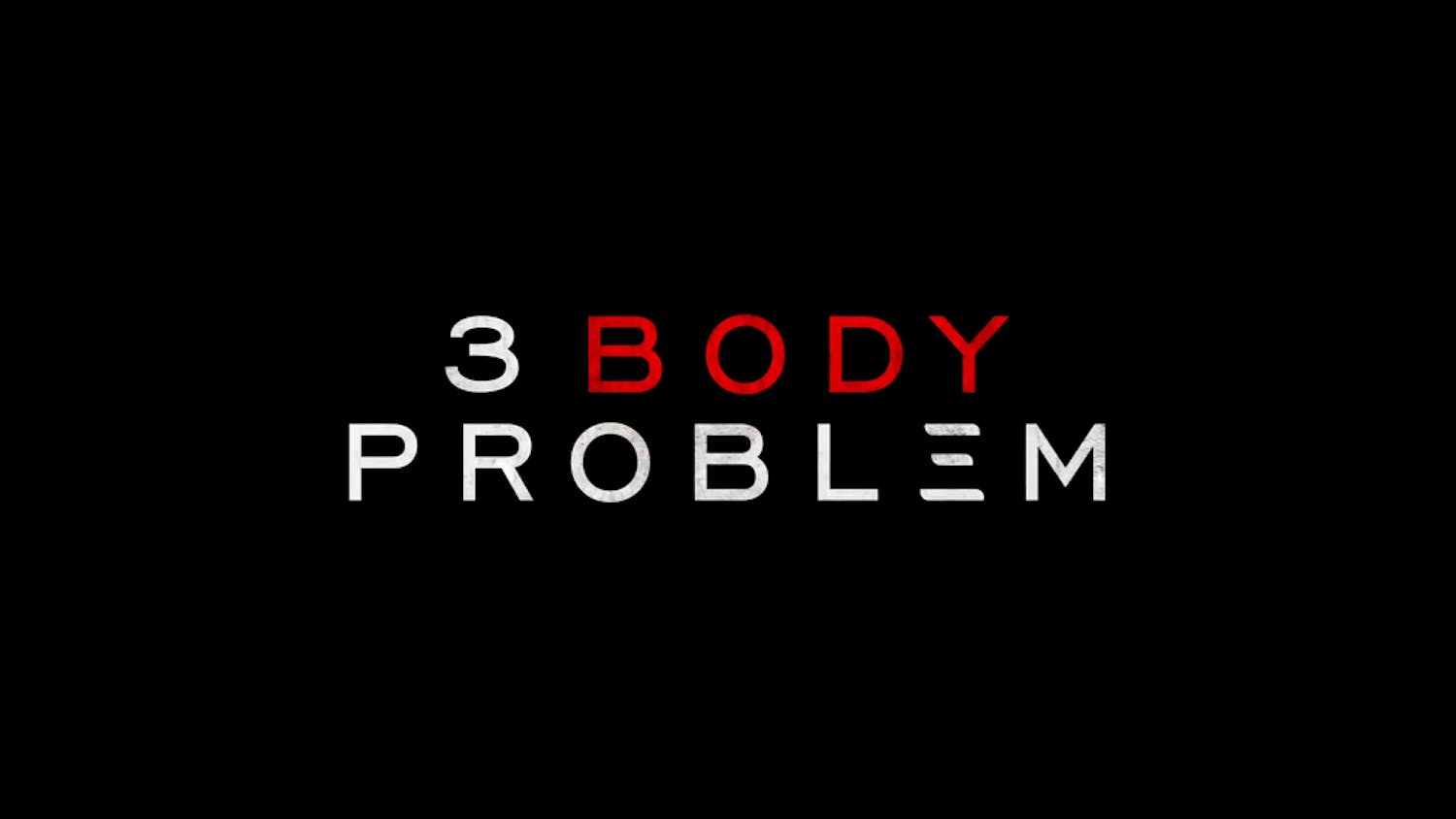Originally, "How to Make It in America" was touted as a partner show of "Entourage" (2004−2011). Both are produced by Mark Wahlberg and both have similar focuses, like male friendships and surviving in difficult businesses.
While "Entourage" remained pretty soulless during its run, however, "How to Make It in America" takes a different direction. The show features some solid and reserved acting and offers an authentic look at the entertainment lifestyle.
"How to Make It in America" never really romanticizes Cam (Victor Rasuk) and Ben's (Bryan Greenberg) attempt to create a cool clothing line, and the show feels fresh because of that. Season one lays the foundation for the show — following the pair as they set up their clothing line — and, interestingly, the second season shows more of what all that means for Cam's and Ben's lives. They're young, and they're either on the verge of something big or about to see their dreams fail.
Greenberg and Rasuk both play their roles adeptly; they are never flashy and always seem real. Viewers never get the impression that either is ever really acting, and that sense of genuineness helps the show keep a low−key atmosphere.
The series works because the show really recognizes its limits. "How to Make It in America" never gets overly dramatic nor does it let its storylines get too big — it's got a very intimate feel.
The supporting cast is also strong, especially Lake Bell, who plays Ben's ex−girlfriend, Rachel. Bell is known for being extremely funny on "Children's Hospital," but here, she exercises restraint, which makes her character appealing. Even when she's not doing much or saying anything revolutionary, it is hard not to appreciate her screen presence.
One of the more charming aspects of the show is that, even though it is still relatively new, it already has its own unique style and look. The cinematography looks similar to low−budget indie films, and it features fast pacing and unusual editing. Its transitional cuts distinguish it from any show currently on air. "How to Make It" also incorporates current music into the show very well; rather than haphazardly tossing in popular songs, it picks trendy tracks that actually enhance the mood of the scenes.
While all of these interesting tweaks make "How to Make It" a special show, they also makes it more of a niche program. Not everyone is going to love a minimalist look at a group of New Yorkers who party and hang out a lot more than most people have time to. The show also drops a lot references to current pop culture that likely get lost on most viewers. While the cultural nods add to the show's authentic feel, they can also be slightly distracting for the viewer.
While "How to Make It's" New York−specificity might isolate a lot of viewers from relating to or understanding the series, focusing on the city is completely necessary — mostly because these characters couldn't hope to achieve their dreams anywhere else in the world.
"How to Make It" isn't big on laughs or dramatic moments, but that never detracts from it. The show possesses a certain charm that forced jokes and conflicts would spoil. The characters have a natural−feeling rhythm with each other — even when they are talking about nothing, viewers are easily entranced.
It's also easy to empathize with them, because the characters can all be boiled down to people who are really going for their dreams despite the odds being completely against them. Viewers can easily escape into this fantasy.
HBO's "How to Make It in America" isn't going to be everyone's idea of great television, but some viewers are going to find it invigorating, and television that can elicit strong reactions is definitely worth a watch.





